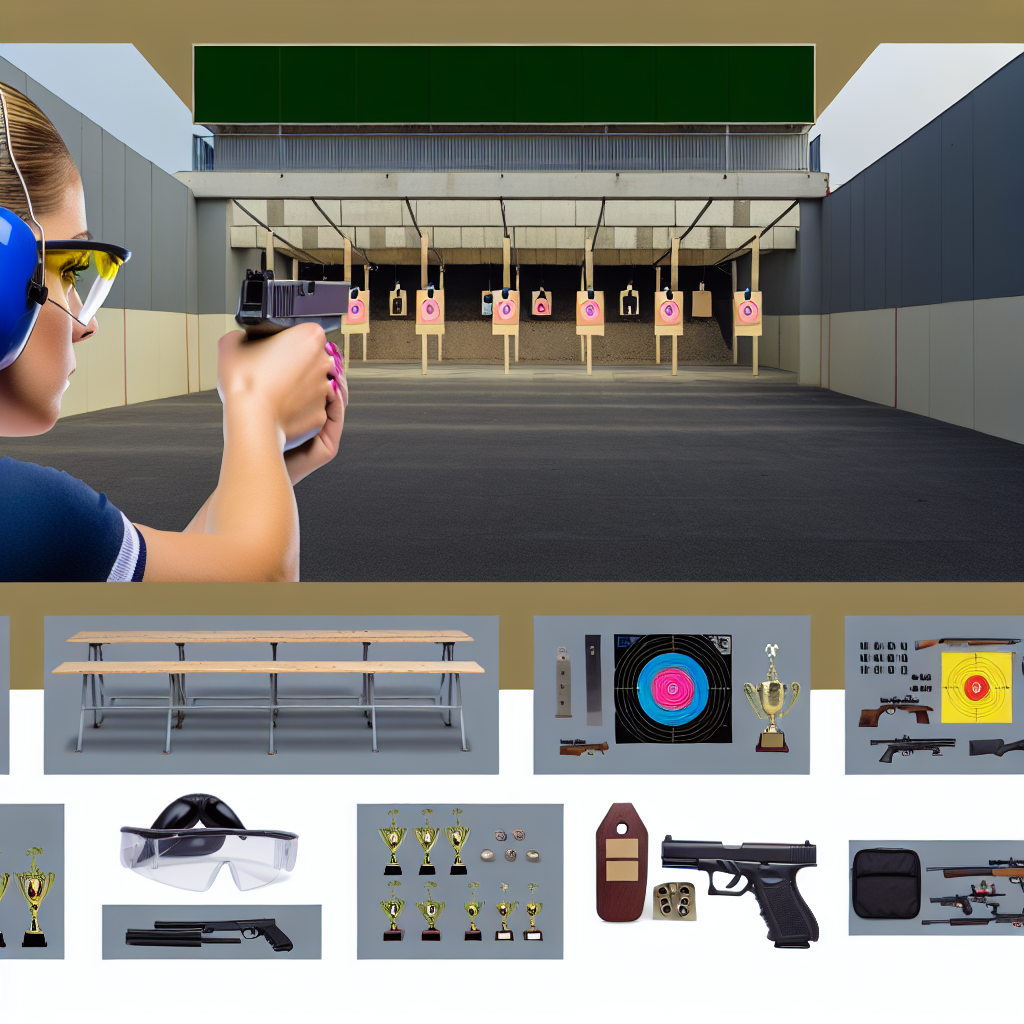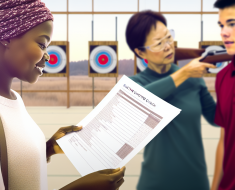How to Choose a Competition-Friendly Shooting Range

Whether you are an aspiring competitive shooter or an experienced marksman preparing for your next tournament, selecting the right shooting range is a crucial step in enhancing your skills and performance. A competition-friendly shooting range offers more than just a place to fire bullets—it provides an environment tailored to the demands of competitive shooting disciplines, with appropriate facilities, safety measures, and resources.
This comprehensive guide will walk you through key factors to consider when choosing a competition-friendly shooting range. We will explore aspects such as range design, equipment availability, safety protocols, and community involvement, backed by real-world examples and statistics. By the end of this article, you will be equipped to make an informed decision that supports your competitive ambitions.
Understanding the Requirements of Competitive Shooting
Competitive shooting is diverse, encompassing various disciplines such as IPSC (International Practical Shooting Confederation), USPSA (United States Practical Shooting Association), NRA Bullseye, 3-Gun competitions, and more. Each discipline has unique requirements regarding target types, distances, time limits, and shooting positions.
Before selecting a range, it’s essential to understand what your specific competition demands. For instance:
- IPSC/USPSA: Requires dynamic courses with multiple targets at varying distances and angles.
- NRA Bullseye: Focuses on precision shooting at fixed targets over longer distances.
- 3-Gun competitions: Involve stages requiring rifles, shotguns, and handguns across different scenarios.
According to the National Shooting Sports Foundation (NSSF), approximately 11.5 million Americans participate in shooting sports annually, many engaging in competitive events that require specialized training environments. Knowing the specifics of your discipline helps narrow down ranges that can accommodate your training needs.
Key Features of a Competition-Friendly Shooting Range
A competition-friendly shooting range should offer features that replicate real competition conditions while ensuring safety and convenience. Here are some critical attributes to look for:
- Range Design and Layout: The range should have configurable bays or stages allowing for multiple shooting positions and movement patterns typical in competitions like IPSC or 3-Gun.
- Target Systems: Electronic or manually operated target systems that can simulate competition scenarios with reactive targets or poppers add value.
- Distance Variability: Multiple firing lines at varying distances—from close-quarter setups (5 yards) to long-range (100+ yards)—enable comprehensive training.
- Safety Protocols: Certified Range Officers (ROs) and strict adherence to safety regulations minimize risks during dynamic courses.
- Ammunition Compatibility: The range should accommodate different calibers commonly used in competition firearms without restrictive limits.
- Adequate Lighting and Weather Protection: Indoor ranges or covered outdoor bays allow practice regardless of weather conditions—critical for consistent training schedules.
An example of a well-designed competition-friendly facility is the CMP Talladega Marksmanship Park in Alabama. This state-of-the-art complex offers electronic targets up to 600 yards and configurable bays designed specifically for high-level competition preparation.
The Importance of Equipment Availability and Support Services
A quality range does not just provide space; it also supports shooters with necessary equipment rentals, gunsmithing services, coaching, and ammunition sales. These amenities can greatly enhance your training efficiency and experience.
- Rental Firearms and Gear: If you are trying out new disciplines or calibers without investing heavily upfront, rental options are invaluable.
- Ammunition Sales: Competitive shooters often require bulk ammunition purchases; having a reliable on-site source saves time and ensures compatibility with your firearms.
- Professional Coaching: Many ranges partner with certified instructors who specialize in competition techniques—helping you improve faster through personalized feedback.
- Gunsmith Services: Access to skilled gunsmiths can be crucial during competitions where fine-tuning firearms is necessary for optimal performance.
The Front Sight Firearms Training Institute in Nevada exemplifies this approach by offering not only world-class facilities but also expert instructors and on-site services tailored specifically for competitive shooters at all levels.
The Role of Community and Competitive Events at the Range
A thriving shooting community enhances motivation and learning opportunities. Many competitive shooters benefit from participating in local matches hosted at their home ranges before stepping into larger tournaments. Thus, evaluating the range’s engagement with local clubs and events is vital.
- Shooting Clubs Affiliation: Ranges affiliated with established clubs often host regular matches across various disciplines—helping you gain practical experience in a controlled environment.
- Tournament Hosting Capabilities: Facilities equipped to host sanctioned matches by organizations like USPSA or NRA indicate a higher standard of infrastructure and administration.
- Shooter Networking Opportunities: Interaction with fellow competitors fosters knowledge sharing about tactics, gear choices, and mental preparation techniques.
A case study from the San Diego Rifle & Pistol Club illustrates this point well: their consistent hosting of regional USPSA matches has cultivated one of California’s most active competitive shooting communities. Members report improved





